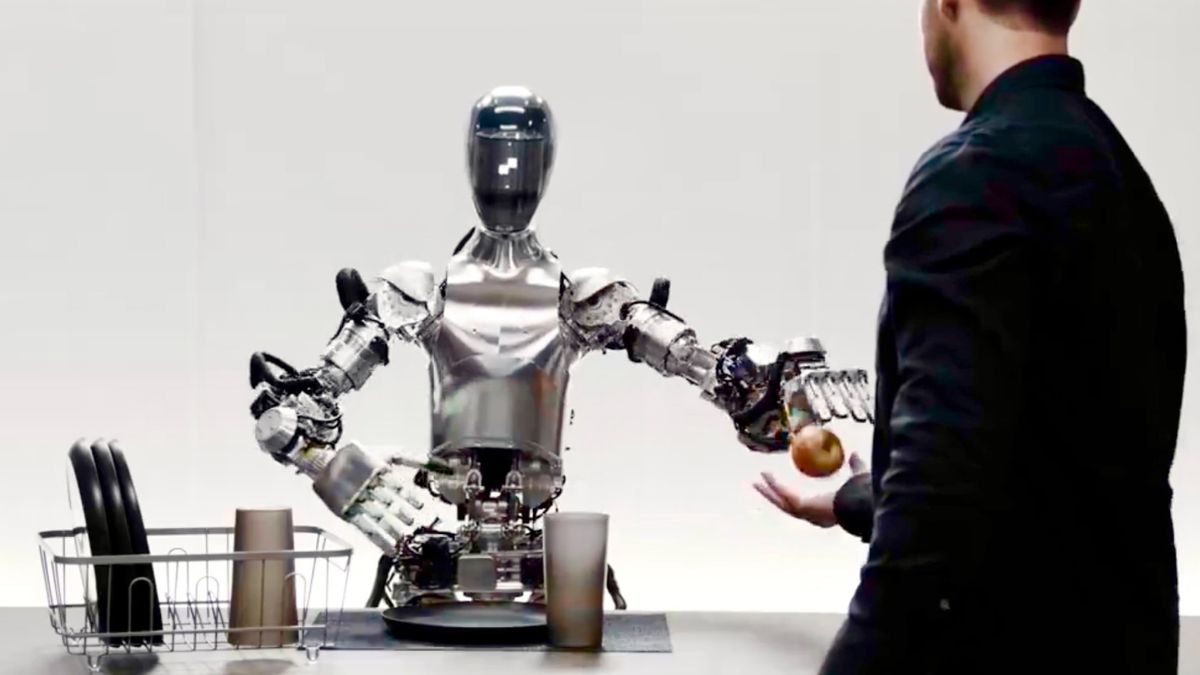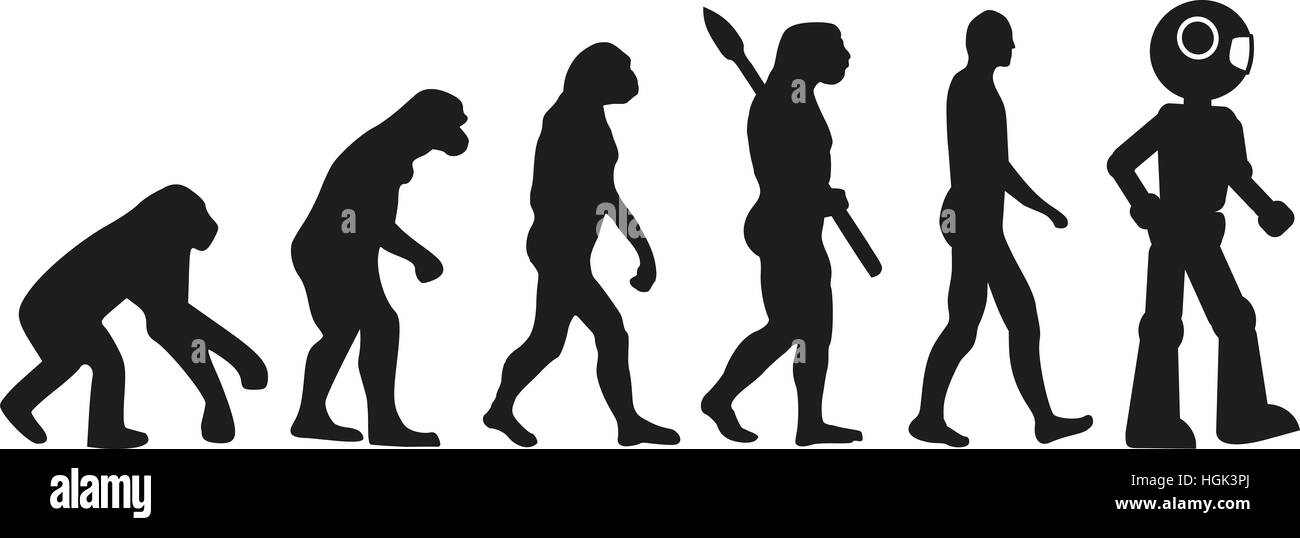What are Humanoid Robots? The Next Era of Business Automation ...
If you think that news reports from the AI industry are starting to sound more and more like sections from a sci-fi novel, you’re not alone. Not only are we beginning to see new generations of AI software solutions capable of thinking, reasoning, and performing more human tasks, but now, humanoid robots are stepping into the workplace. These AI-powered robots aren’t just transforming manufacturing floors, they’re acting as assistants, service providers, and productivity enhances across industries. Countless AI leaders are getting involved. Google DeepMind announced the arrival of Gemini Robotics in 2025. Meta announced a major investment in humanoid robotics at the beginning of this year. Even OpenAI is experimenting with the world of “physical AI”. Then we have countless startups to consider too, like Figure AI, Agility Robotics, and Unitree. We might still be in the early stages of this robotics revolution – but the future is undoubtedly bright. Here’s how humanoid robots are going to transform the future of work.
The Evolution of Humanoid Robots
So, what are humanoid robots? Basically – exactly what they sound like – robots designed to resemble human beings. Check out Agility Robotics’ Digit robot, used for automating complex workflows in factories, or Boston Dynamics’ Atlas bot, and you’ll have a decent idea of what these bots look like. While functional, business-ready humanoid robots are still in the early stages of development, the dream of creating machines in our image has been around for centuries. Back in 1495, Leonardo Da Vinci sketched a design for a mechanical knight- a rudimentary vision of a humanoid robot. By the early 20th century, the term “robot” officially entered our day-to-day lexicon, usually describing humanoid robotic limbs – like those used on factory floors. In the 2000s, Honda even created the ASIMO bot – capable of walking, running and recognizing objects. What’s making humanoid robots so compelling today is the evolution of sophisticated artificial intelligence. AI serves as the “missing ingredient for creating a useful general-purpose robot,” enabling machines to perceive, learn, and interact in ways previously confined to human capabilities.
The Role of Advanced Technologies
Increasingly, we’re entering an era where humanoid robots don’t just perform the same monotonous tasks repeatedly – they can act like true members of a team. You’re probably already aware of some of the most famous examples of AI-powered humanoid robots introduced over the years, like Hanson Robotics Sophia – which can mimic human facial expressions. But the rise of advanced technologies – like Nvidia’s Omniverse system (currently being used to train cutting-edge AI-powered robots), and advanced processors are spurring rapid growth. In the last couple of years alone, we’ve seen countless major companies investing more heavily in humanoid robots. Tesla, for instance, plans on building thousands of “Optimus” humanoid robots this year, capable of doing various “useful things” in the workplace.

Technological Advancements in Humanoid Robots
An important thing to keep in mind when answering the question: “What are humanoid robots?” , is that not all “humanoid robots” are AI-powered, and not all AI systems are “humanoid robots”. Modern humanoid robots are distinguished not just by their “human-like” design, but their ability to think, reason, and complete tasks like human beings.

They take advantage of numerous technological advancements in areas like:
- Natural Language Processing (NLP) solutions and large language models
- Computer Vision
- Autonomous Decision-Making
Applications of Humanoid Robots in Various Sectors
Ask most people, “What are humanoid robots used for?” and they’re likely to suggest something to do with manufacturing. Obviously, the industrial sector was one of the earliest adopters of AI-powered humanoid robots. In fact, many of the biggest startups in this area quickly attracted the attention of automotive companies. Figure, for instance, earned early adoption of its robots from BMW. There are definitely still big opportunities in this space, but on a broader scale, humanoid robots could potentially automate and enhance a wide range of tasks, across sectors.

In manufacturing and logistics, humanoid robots are addressing labor shortages and enhancing operational efficiency. Their human-like form means they can easily navigate environments designed for people, and AI means they can interact with machines and processes, just like human beings. AI-powered humanoid robots are rapidly being integrated into factories, warehouses, and even logistics supply chains.
For instance, Tesla’s Optimus robots are perfect for performing repetitive tasks in the industrial landscape. Standing at 5 feet 8 inches and weighing 125 pounds, Optimus has AI capabilities that enable it to manipulate objects with human-like dexterity.
Another example is the “Digit” bot created by Agility Robotics, which can navigate obstacles, climb stairs, and carry packages weighing up to 40 pounds. In a recent deployment, Digit was utilized in a warehouse setting to retrieve and carry bins to conveyor belts, saving human beings time.
Humanoid Robots in Healthcare, Customer Service, and Education
The rise of AI in healthcare has been nothing short of incredible. AI tools are helping companies to improve data analysis, accelerate treatment development, and deliver more personalized patient care. AI-powered humanoid robots will introduce new opportunities in this landscape.
So, what are humanoid robots doing in the customer service space? Well – just about everything. Robots can work as receptionists, sales assistants, and even waiters to help streamline customer experiences across industries.

In educational settings and research facilities, humanoid robots are emerging as valuable interactive tools designed to engage and support students and guide teachers. These robots can act as teaching assistants, adapting learning strategies to the needs of different students.
The answer to the question “What are humanoid robots doing to change the world?” extends further than you think. Increasingly, modern robots are extending their reach beyond terrestrial applications.




















